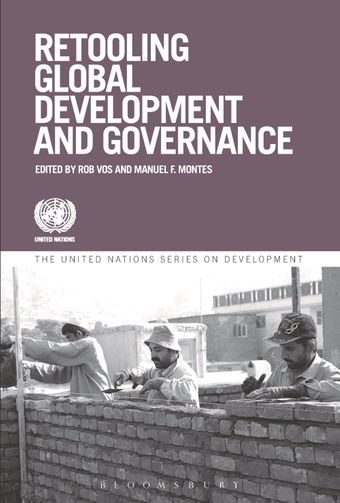Retooling poverty reduction strategies

- Authors: S. Nazrul Islam, Manuel F. Montes and Rob Vos
- Main Title: Retooling Global Development and Governance , pp 19-48
- Publication Date: January 2014
- DOI: https://doi.org/10.18356/db7ae14d-en
- Language: English
While it was always an underlying aspiration, poverty reduction was not an explicit direct goal of initial development programmes. Rooted in modern growth theory which dominated early development theory, development policies of the 1950s and 1960s focused on promoting modern industrial development to accelerate overall economic growth. Industrial growth was supported through trade protection, cheap credits and subsidies and largescale public investments in infrastructure. Output growth was expected to “trickle down” to the entire population and reduce poverty through rising wages and employment generation, even if initially poverty reduction might not be commensurate with the rate of output growth, as rising income inequality was expected to be an inevitable, although temporary side effect of industrialization. Capital productivity growth would lead to rising profit shares and allow for higher savings to finance domestic investment. Over time, at higher levels of development, gains from growth would be shared more broadly with faster real wage growth and dynamic employment expansion.
-
From This Site
/content/books/9781780933962c005dcterms_title,dcterms_subject,pub_keyword-contentType:Journal -contentType:Contributor -contentType:Concept -contentType:Institution105

